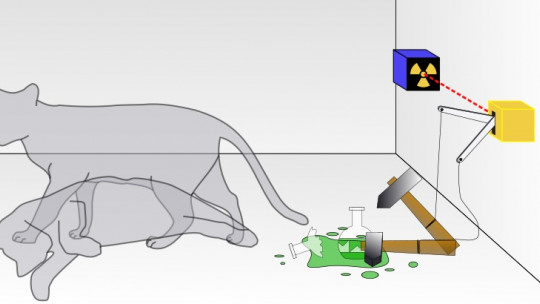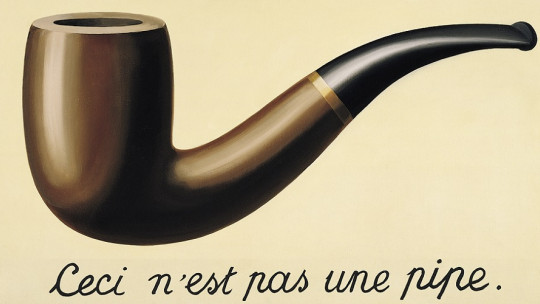Everyday language is full of comparisons to try to make easier some ideas that, said without going into greater detail or without being exemplified, can be complicated.
Analogies are a type of linguistic resource widely used by all speakers, whether or not they have extensive literary training, and they allow messages to be communicated easily, efficiently and quickly.
Let’s look at some examples of analogies relating them to the meaning of the concept and some special types of this type of resource.
What are analogies?
Analogies refer to the existing relationships or similarities between two concepts or sets of words This relationship of similarity emerges from comparing two or more concepts, consolidating the most notable features of both. In short, they are understood as what two different things have in common.
The things that are compared do not have to be objects, they can also be ideas, roles, jobs, actions… Usually, this type of linguistic resource is used to better explain a certain idea based on another that is better known and mostly understood by the population. general.
Writers often resort to analogies , especially when they try to make the reader understand a not so clear idea using objects and contexts with which they can feel more identified. It also has the function of capturing attention and not making the text heavy and not very dynamic.
Examples of analogies
Below we will see a few analogies, classified according to the specific type to which they belong. The first four types, comparison, homology, metaphor and allegory, are analogies of language, in which the message has a single interpretation, but adding a figurative meaning.
Later, we will see the analogies of argumentation, interpolation, extrapolation and reduction to the absurd used in science to go from better-known things to less-known things, allowing the creation of logical-formal models.
1. Comparison
Comparison is a type of analogy in which similes are produced where objects or ideas that have characteristics in common are compared
2. Homology
It is about comparing different things that perform a function that, in essence, is also different, but that They have a structural part that resembles and are part of comparable categories, of the same classification system. It is widely used in the field of comparative anatomy.
3. Metaphor
Metaphors involve comparing one object with another; however, the object being compared is ignored having to be the listener or reader who must come to the conclusion of what object is being referred to.
Although they are not analogies stricto sensu, they are related, especially with analogies by comparison. Some examples:
4. Allegory
In this type of linguistic resource, comparisons are placed throughout the text or narrative Allegories are very common in texts with didactic or moral purposes such as the Bible, fables or stories.
This type of analogy is very subtle, something similar happens to metaphors, and a more or less complex interpretation must be made to capture the message behind what has been said or written.
An example of an allegory would be the story of Peter and the wolf. The boy, who had been shouting all summer that the wolf was coming when it was not coming, had caused everyone to become alarmed and go to where Pedro was, seeing that he had deceived them.
However, one day, the wolf really came, Pedro screamed but no one paid attention. From this we can conclude that telling lies is wrong, and that it can lead to very serious consequences, like the ones that Pedro had to go through.
5. Interpolation
Interpolation is the action of consider all situations of a phenomenon and interpret it in relation to a new situation , whether by analogy or induction. Interpolation is widely used in pedagogy, especially to facilitate the learning process, going from a basic level to a more complex one.
An example would be learning to read and write, starting first by understanding the sounds of letters, then how they are used to form words, learning any special rules there may be, and then understanding the meaning of sentences.
The more or less invisible analogy that would be behind the idea of teaching writing like this is that the difficulty will progressively increase.
6. Extrapolation
Extrapolation is understood as extending the same idea, method or action to others. situations that, in appearance, present the same characteristics as the original situation
In relation to the example given in the case of interpolation, the reading process, which went from less to more complex, can be extrapolated to other educational contexts, such as learning human anatomy, going from cells to organic systems. .
7. Reduction to the absurd
Instead of establishing relationships, as is the case with most of the types of analogies already mentioned, what is done here is to establish contradictions to demonstrate that something or someone behaves in a way contrary to what has been reacted to
To better understand this case, let’s give an example:
Pedro did not steal Pablo’s case yesterday, because Pedro was in Madrid and Pablo in Barcelona.
From this it is understood that since Pedro cannot be in two places at the same time, it is materially impossible that he could have committed the robbery.
- Esper, EA (1973). Analogy and association in linguistics and psychology. Georgia Press.
- Itkonen, E. (2005). Analogy as structure and process: Approaches in linguistics, cognitive psychology and philosophy of science. John Benjamins Publishing.
- Oppenheimer, R. (1956). Analogy in science. American Psychologist, 11(3) 127.









